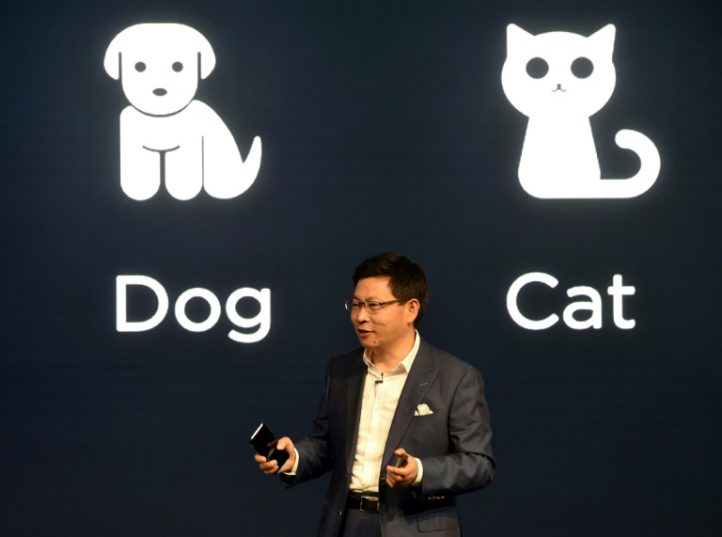SA Actuarial Development Programme marks 21 years of driving diversity
The front lines of the battle for smartphone dominance over the coming years have grown clearer after Chinese technology firm Huawei presented an AI-powered phone designed to go head-to-head with Samsung and Apple.
Features needed to propel a device into the top end are growing increasingly complex and expensive to develop, meaning only the companies with the deepest expertise and pockets can hope to compete.
On the outside, the differences between phones from the world’s three biggest smartphone makers are small: they boast a screen stretching from edge to edge, dual cameras for high-quality photos and big batteries.
Under the hood, the investments Samsung, Apple and Huawei have made into technology at the heart of the devices is what they hope will set them apart.
Both US giant Apple and Chinese firm Huawei have bet on artificial intelligence capabilities designed to take some of the load off users’ shoulders, showcasing them in their phones’ cameras at glossy launch events.
Announcing its iPhone X last month, Apple showed off unlocking the device by recognising the owner’s face.
Huawei on Monday demonstrated its newest smartphone Mate 10 recognising when it was pointed at a plate of food, a vase of flowers or a family pet and adjusting its camera settings automatically.
Systems like these are based on so-called “machine learning” — meaning that rather than a human programmer working out from scratch how to recognise a face, for example, a piece of software teaches itself to identify patterns by sifting through mountains of data.
Huawei said it had trained its camera on 100 million photos to achieve its speedy image recognition, and also showcased the Mate 10’s power for language translation or housekeeping tasks like organising files.
Both Apple and Huawei have built specialist machine learning capabilities into the processors that power their phones, which could give third-party app developers all over the world the chance to think up new uses for the technique.
“AI is no longer a virtual concept but something that intertwines with our daily life,” Huawei consumer devices chief Richard Yu said Monday, promising “a new era of intelligent smartphones”.
– High-stakes game –
The latest round of the smartphone wars also showcases just how huge the investments needed to compete for a podium position have become.

It’s dog eat dog in the smartphone business and you need a big cheque book to compete
“Alongside Samsung and Apple, Huawei’s growing technology capabilities threaten to place market leadership beyond the financial resources” of smaller firms, said Ian Fogg, mobile and telecoms industry expert at research firm IHS Markit.
In 2016, the Chinese group reported 76.4 billion yuan ($11.6 billion; 9.8 billion euros) of spending on research and development, with its massive telecoms infrastructure business helping fuel its drive for handset dominance.
South Korea’s Samsung Electronics reported spending 14.8 trillion won ($13.1 billion), while Apple forked out just over $10 billion.
But however much cash firms fling at flashy features, in the end their success will rest on the devices’ reception by the general public — and the armies of programmers writing the apps that will run on the phones.
– ‘Open ecosystem’ –
“Huawei’s challenge is how to maximise the use of its AI chip given it does not develop or control the smartphone operating system its devices use, Android, unlike Apple,” IHS’ Fogg said.
Apple tightly controls its whole devices, from hardware through the operating system to third-party apps, meaning developers know exactly what they can expect when programming for the iPhone.
Google’s Android system is more open, but the operating system is used on thousands of phone models from different manufacturers, all with widely varying specifications.
Android app makers may fear it is not worth their time to write specialist AI-enabled software for Huawei’s device alone, missing out on hundreds of millions of other potential customers in the Android universe.
Huawei is aware of the risk, Yu told AFP.
Seeking to ward off the danger, the Shenzhen-based firm has made its phone compatible with AI toolkits from Facebook and Google, making it easier for programmers to tap into its processor’s special powers.
“Apple, their system is their system. It’s always been like that. We’re trying to do an open eco-system,” Yu said.
Download our app